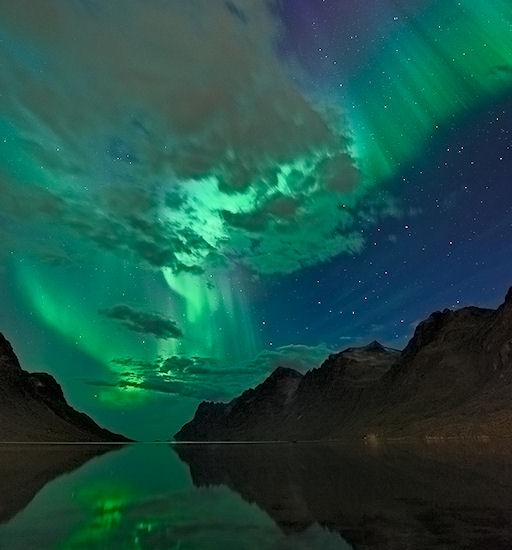AURORA ALERTS: Did you miss the Northern Lights? Next time get a wake-up call from Space Weather PHONE | | |
CLOSE ENCOUNTER WITH JUPITER: Been outside at midnight lately? There's something you really need to see. Jupiter is approaching Earth for the closest encounter between the two planets in more than a decade--and it is dazzling. Get the full story from Science@NASA.
EMERGING SUNSPOT: A new sunspot is emerging over the sun's southeastern limb, and its magnetic canopy is seething with activity. Click on the image to watch 90 minutes of action recorded during the late hours of Sept. 15th by NASA's Solar Dynamics Observatory:

movie formats: 2.5 MB mpeg, 1.0 MB iPad, 2.2 MB avi
Because the sunspot's dark core is visible only in profile, its characteristics are a matter of guesswork. NOAA forecasters say that "C-class events are likely." If so, the eruptions will blow into space over the sun's limb--a nice photo-op for readers with solar telescopes. Stay tuned for updates and better views as the sunspot turns toward Earth.
EQUINOX AURORAS: On Tuesday night, the sun's magnetic field near Earth tipped south. This opened a crack in Earth's magnetosphere. Solar wind poured in and fueled a magnificent display of arctic Northern Lights:

Thilo Bubek took the picture not far from Tromsø, Norway. "We had some nice auroras," he says, with what can only be described as Norwegian understatement. "The clouds and calm sea contributed to a photogenic scene."
This is the time of year when south-pointing magnetic fields from the sun frequently puncture our bubble of protection against the solar wind. High latitude sky watchers should be alert for equinox auroras.
Sept. 2010 Northern Lights Gallery
[previous Septembers: 2009, 2008, 2007, 2006, 2005, 2004, 2002, 2001, 2000]
Potentially Hazardous Asteroids (
PHAs) are space rocks larger than approximately 100m that can come closer to Earth than 0.05 AU. None of the known PHAs is on a collision course with our planet, although astronomers are finding
new ones all the time.
On September 16, 2010 there were 1144 potentially hazardous asteroids.
Notes: LD means "Lunar Distance." 1 LD = 384,401 km, the distance between Earth and the Moon. 1 LD also equals 0.00256 AU. MAG is the visual magnitude of the asteroid on the date of closest approach. | | The official U.S. government space weather bureau |
| | The first place to look for information about sundogs, pillars, rainbows and related phenomena. |
| | Researchers call it a "Hubble for the sun." SDO is the most advanced solar observatory ever. |
| | 3D views of the sun from NASA's Solar and Terrestrial Relations Observatory |
| | Realtime and archival images of the Sun from SOHO. |
| | from the NOAA Space Environment Center |
| | from the National Solar Data Analysis Center |

